We've found 1000 matches for your search. Order by
Results
-
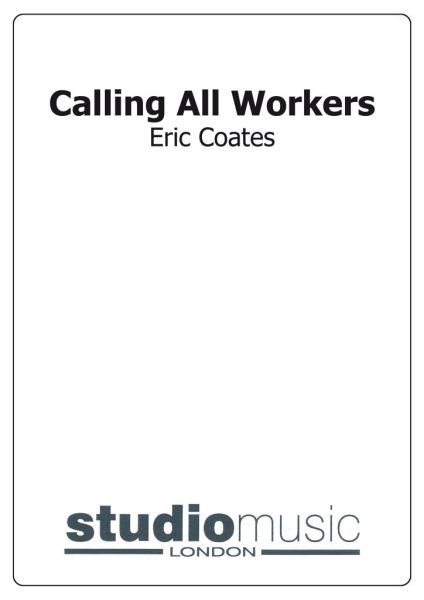 £24.95
£24.95 -
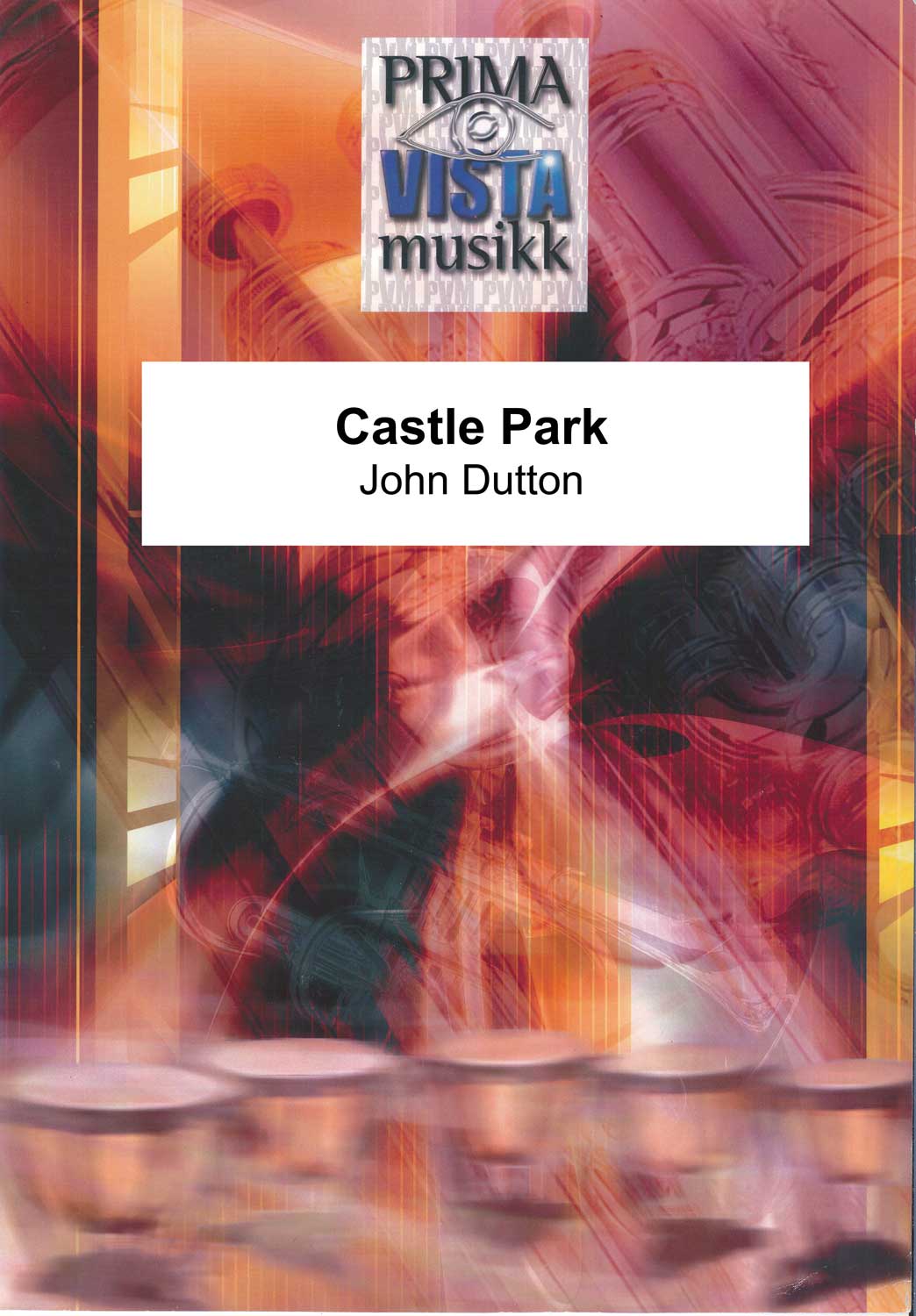 £24.95
£24.95Castle Park (Score and Parts)
The title of this march, Castle Park, refers to Castle Park in Ruthin, Denbighshire, where the composer first heard live brass bands when they played at the annual flower show in the late 1940s.
Estimated dispatch 7-14 working days
-
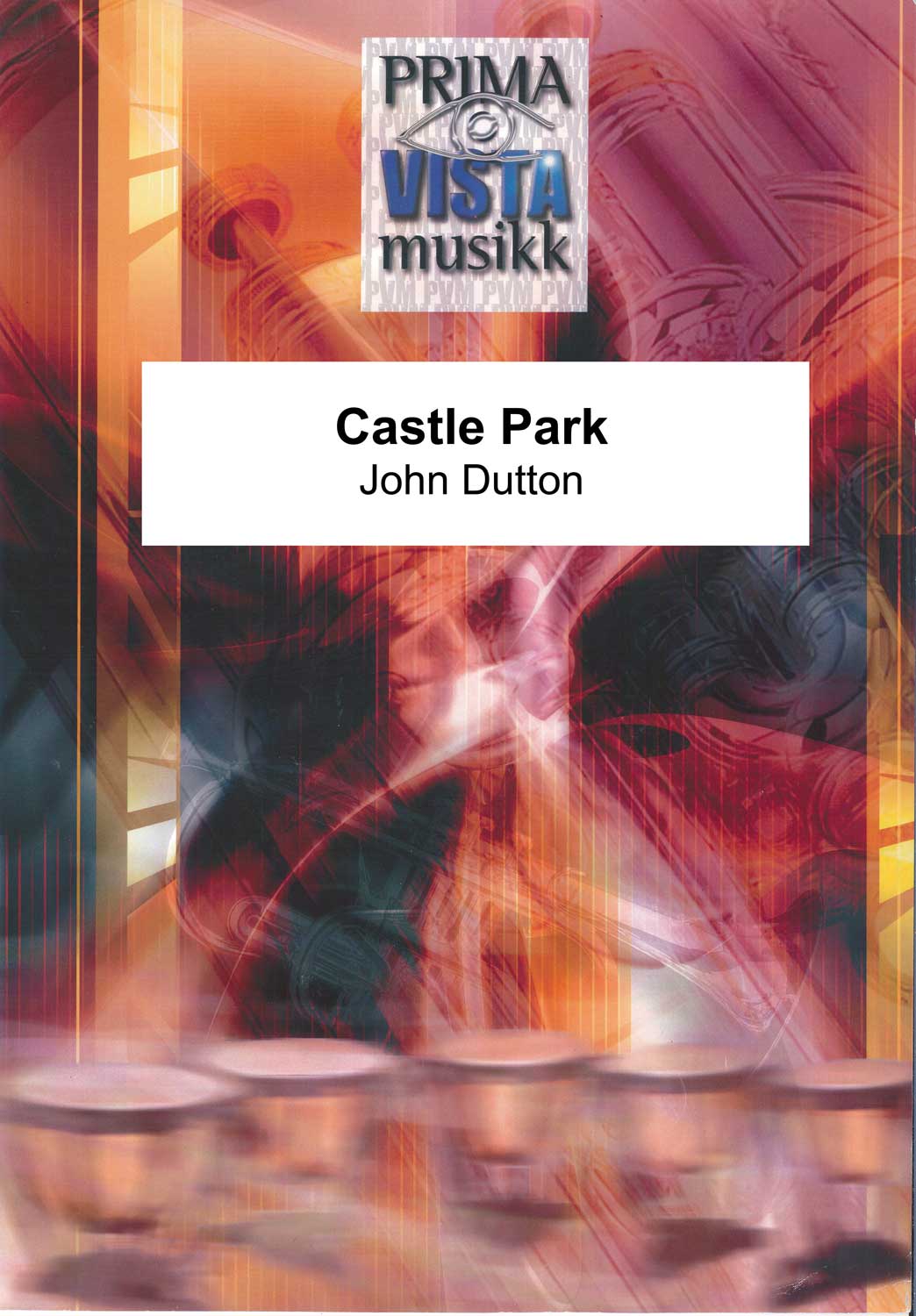 £14.95
£14.95Castle Park (Score Only)
The title of this march, Castle Park, refers to Castle Park in Ruthin, Denbighshire, where the composer first heard live brass bands when they played at the annual flower show in the late 1940s.
Estimated dispatch 7-14 working days
-
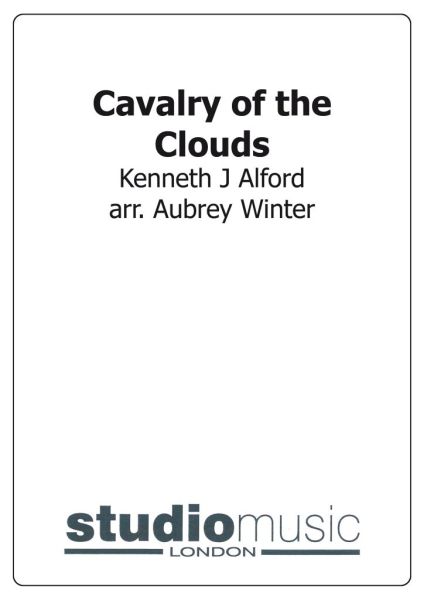 £24.95
£24.95 -
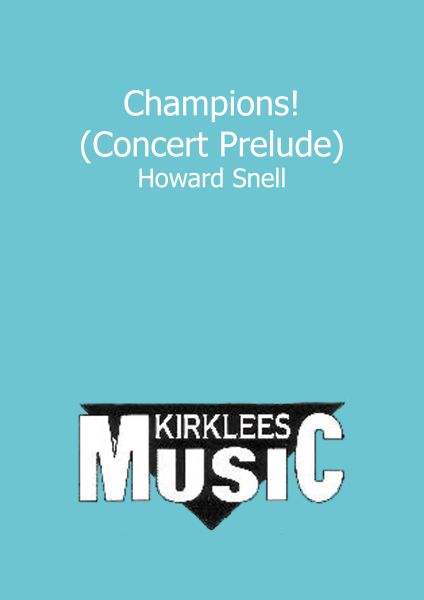 £22.50
£22.50Champions! (Concert Prelude)
Based on the sporting chant of 'We Are the Champions!' this Prelude is short and to the point, when you have won a contest!
Estimated dispatch 7-14 working days
-
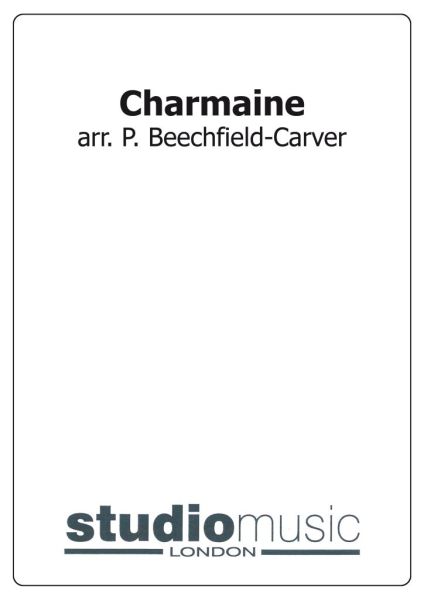 £24.95
£24.95 -
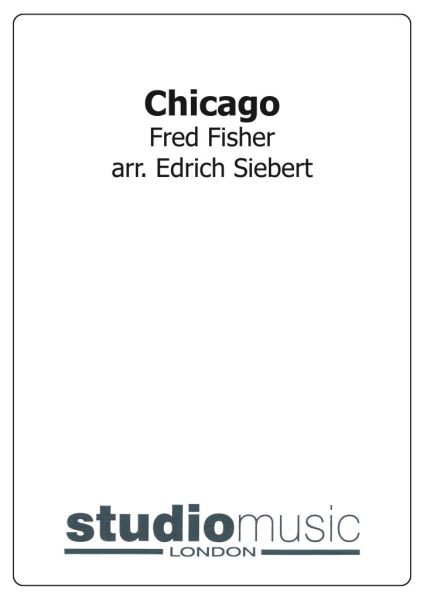 £24.95
£24.95 -
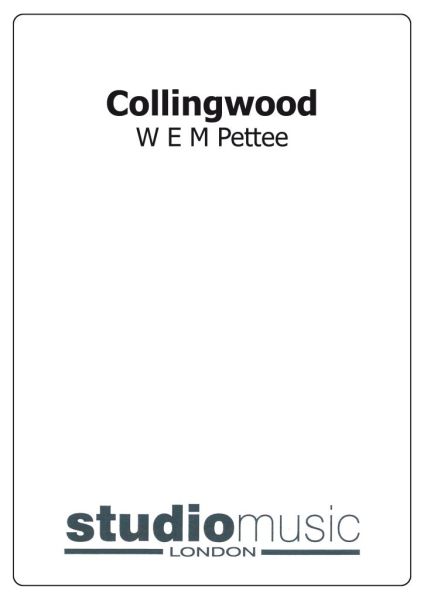 £24.95
£24.95 -
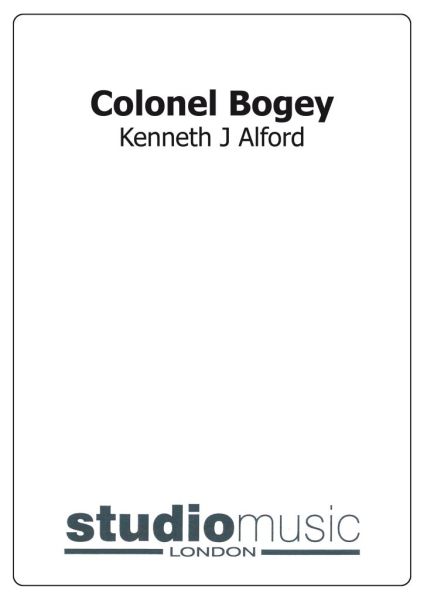 £24.95
£24.95 -
 £24.95
£24.95Come Follow the Band
This set is march card sizedfrom the musical, Barnum
Estimated dispatch 7-14 working days
